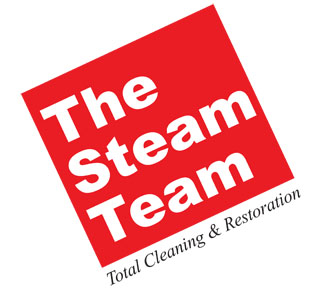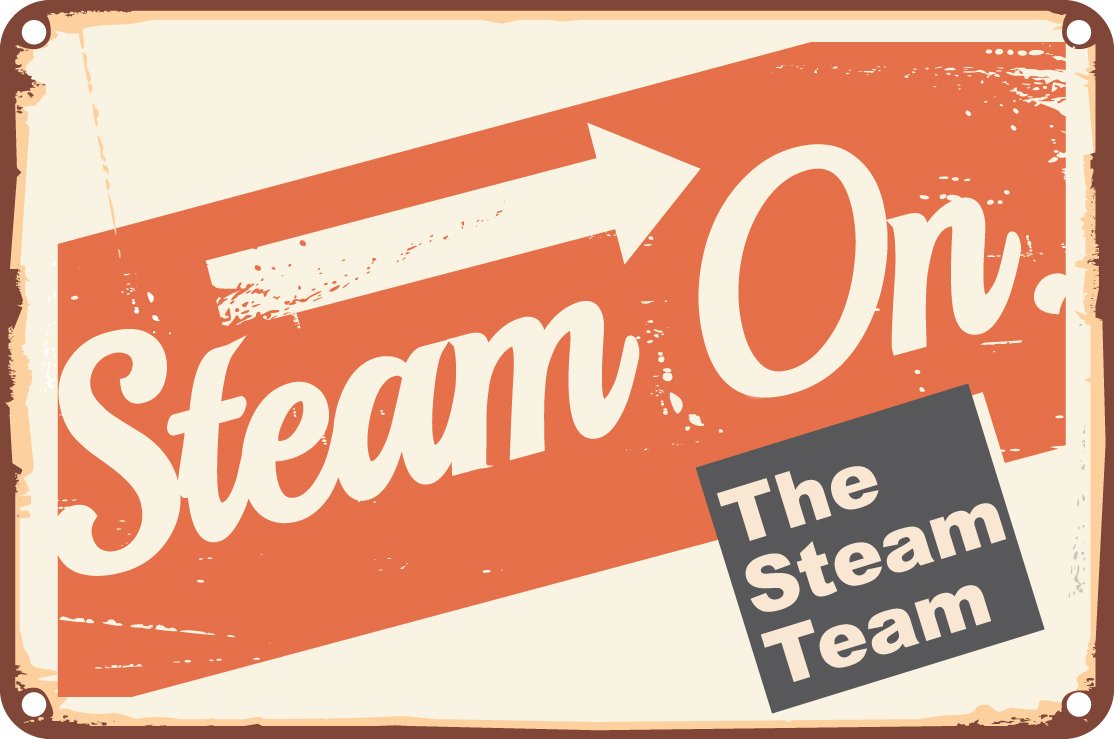Local Austin Area Rug Cleaners Offer Pick Up and Delivery
/Cleaning Professionals austin
The Steam Team, based in Austin, Texas, is a well-regarded cleaning company known for its expertise in cleaning and restoring area rugs. Situated on Burnet Road, The Steam Team has earned a reputation for delivering exceptional results through a meticulous and customer-focused approach. Their area rug cleaning process is a comprehensive system designed to ensure that each rug is cleaned with the utmost care and attention to detail.
The Importance of Professional Area Rug Cleaning
Area rugs often serve as focal points in homes and businesses, adding warmth, style, and comfort. However, they are also subjected to heavy foot traffic, spills, dirt, and dust, which can compromise their appearance and longevity over time. Regular cleaning is helpful, but it cannot remove deeply embedded particles, stains, or allergens. This is where professional cleaning services like those offered by The Steam Team come into play. Their process is designed to restore the beauty and integrity of area rugs while extending their lifespan.
Initial Assessment and Pickup
The process begins with an initial cleaning consultation, during which a technician evaluates the rug's condition, material, and specific cleaning requirements. This step is crucial because area rugs can vary significantly in terms of fabric, dye, construction, and age. For example, a delicate antique Persian rug requires a different cleaning method than a modern synthetic one.
Once the rug has been assessed, it is transported to The Steam Team’s specialized cleaning facility. This state-of-the-art facility is equipped with advanced tools and technologies designed to handle rugs of all types and sizes.
Detailed Inspection
At the facility, the rug undergoes a thorough inspection by cleaning experts who examine it for issues such as stains, odors, discoloration, fraying, or pet damage. This detailed inspection helps determine the best cleaning approach. Any specific concerns, such as stubborn stains or damaged fringe, are noted, and the client is consulted if additional treatments or repairs are recommended.
Dust and Debris Removal
One of the most critical steps in the cleaning process is the removal of dust and debris. Over time, dirt and grit become deeply embedded in the rug’s fibers, often causing wear and tear if left untreated. The Steam Team uses a high-powered air dusting technique to dislodge and extract these particles. This method is much more effective than traditional vacuuming and helps prepare the rug for washing.
Customized Cleaning Solutions
Before washing, each rug is tested for colorfastness to ensure that dyes will not bleed during the cleaning process. This is especially important for handwoven or antique rugs, where vibrant colors are a key feature. Based on the results of this test and the rug’s material, a customized cleaning solution is prepared.
The rug is then gently washed using specialized cleaning agents that are safe for the fabric. These solutions are designed to break down stains, remove odors, and lift dirt without causing damage. For rugs with pet stains or odors, The Steam Team employs targeted treatments to neutralize and remove these issues effectively.
Submersion Washing and Rinsing
Depending on the type of rug, it may undergo submersion washing. This process involves immersing the rug in a bath of clean water and cleaning agents, allowing dirt and contaminants to be thoroughly removed. The rug is then rinsed repeatedly with fresh water until all cleaning residues are eliminated. This step is crucial for achieving a deep clean and ensuring the rug is free of any chemicals or debris.
Gentle Drying Process
Drying is an essential part of the cleaning process, as improper drying can lead to mold, mildew, or shrinkage. The Steam Team employs a controlled drying process tailored to the specific needs of each rug. Some rugs are hung to dry, allowing gravity to help remove moisture, while others are laid flat and dried with specialized equipment to maintain their shape and structure. The drying process is carefully monitored to ensure optimal results.
Grooming and Brushing
Once the rug is dry, it is groomed and brushed to restore its texture and appearance. This step is particularly important for rugs with longer piles, as it helps them regain their softness and luxurious feel. Fringe edges are also cleaned and straightened, ensuring the rug looks polished and well-maintained.
Final Inspection and Vacuuming
After grooming, the rug undergoes a final inspection to ensure it meets The Steam Team’s high standards. Any remaining issues are addressed at this stage, and the rug is given one last vacuuming to remove any loose fibers or particles. This meticulous attention to detail guarantees that the rug is returned to the client in pristine condition.
Optional Fiber Protection and Rug Pads
To help protect the rug from future stains and wear, clients can opt for fiber protection treatments. These treatments create a barrier that repels liquids and makes it easier to clean up spills. Additionally, The Steam Team offers custom-cut rug pads designed to prevent slipping, provide cushioning, and extend the life of the rug.
Delivery and Placement
The final step in the process is delivering the cleaned rug back to the client’s home or business. The Steam Team takes care to place the rug exactly where it belongs, ensuring it looks perfect in its environment. Clients are encouraged to inspect the rug and provide feedback, as customer satisfaction is a top priority.
Commitment to Excellence
The Steam Team’s area rug cleaning process reflects their commitment to excellence and their deep understanding of the value and significance of area rugs. Whether dealing with an heirloom-quality rug or a contemporary piece, their skilled technicians approach each project with care and expertise. Their dedication to quality, combined with advanced cleaning techniques, makes them a trusted choice for rug cleaning in Austin.
Why Choose The Steam Team?
There are many reasons to choose The Steam Team for area rug cleaning. Their facility on Burnet Road is conveniently located and equipped with cutting-edge technology. Their staff is highly trained and experienced, capable of handling even the most delicate or challenging rugs. Moreover, their emphasis on customer satisfaction ensures that clients receive personalized service and outstanding results.
In a city like Austin, where people value both aesthetics and practicality, The Steam Team has become a go-to resource for maintaining the beauty and integrity of area rugs. Their thorough, methodical approach ensures that each rug receives the attention it deserves, leaving clients with a clean, fresh, and revitalized piece that enhances their space.




